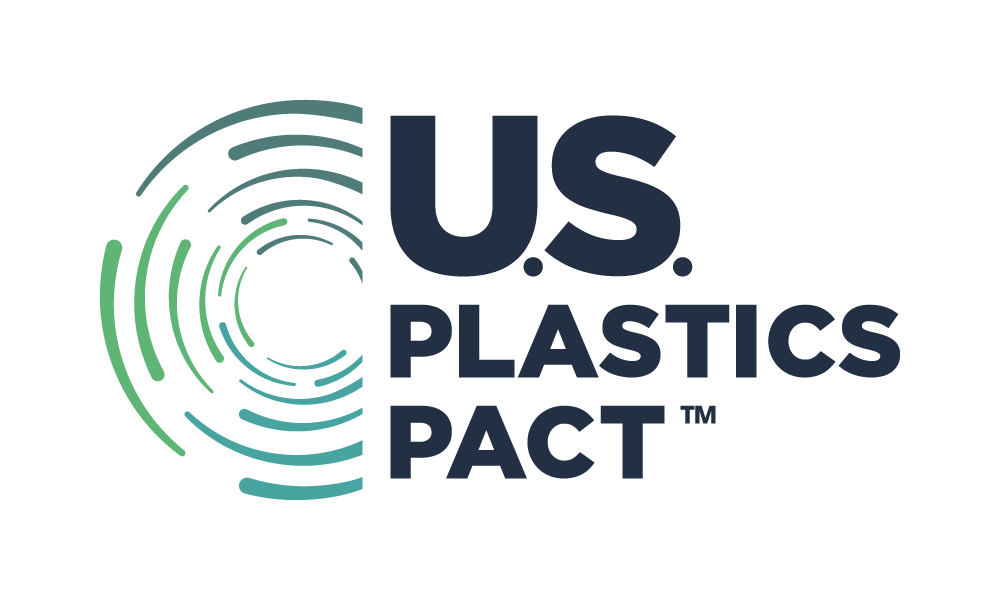Why Use PCR?
INTRINSIC / SOLVING SUSTAINABILITY OBJECTIVES
Using PCR in packaging is essential to driving the circular economy. Using PCR shows that your company is committed to keeping plastic out of the landfill and reducing the use of virgin plastics. Additionally, PCR often has a lower carbon footprint than virgin plastic, reducing a brand owner’s Scope 3 emissions. PCR may also have a lower carbon footprint than using non-plastic alternatives.
BRAND EQUITY
As concern about plastic waste increases, consumers are looking to companies for solutions to the problem. Using PCR in your products signals that you are committed to keeping plastic out of landfills and reducing the use of virgin materials. See below for additional information on consumer perceptions of PCR.
REGULATORY COMPLIANCE & INCENTIVE
Several states and local governments have rules and regulations surrounding packaging and recycled content in products. By offering a more sustainable option, PCR enables regulatory compliance, and in some cases like CA, using certified PCR is an incentive towards lower eco-modulation fees.
BEING PROACTIVE
Limiting some of the negative impacts of plastics can help to counteract the negative perception of plastics in advance of additional regulation. PCR reduces the need to create new plastics from non-renewable petroleum products. This changes the game. Plastics become a resource instead of waste.
Back to top
Return to main page
Consumer Acceptance & Perceptions of PCR
Key Points on Public Perceptions of PCR
McKinsey & Company – Sustainability in packaging: Inside the minds of US consumers
- 55% of U.S. survey respondents report that they are extremely or very concerned about the environmental impact of product packaging.
- Across all end-use segments, 60-70% of consumers said they would pay more for sustainable packaging. A willingness to pay more was relatively equally distributed across end-use segments.
- 52% of consumers said they would buy more products with sustainable packaging if those products didn’t cost more than conventionally packaged ones.
- Overall, consumers want plastic film and rigid packaging to be recyclable or to include higher levels of recycled content.
The Recycling Partnership – Recycling Confidence Index
- 52% believe that recycled items are “made into new things.” 40% believe that material is “sometimes” used, 36% believe that material is “usually” used, and 16% believe material is “always” used.
Shelton Group – Old Dogs, New Tricks
- 65% of U.S. consumers surveyed indicated they feel very concerned or extremely concerned about plastic in the ocean compared to 58% who had similar feelings towards climate change.
- 42% of those polled want to be seen as someone who’s buying eco-friendly products.
Back to top
Return to main page
PCR Legislation & Regulation
Overcoming Financial Barriers
The PCR Financial Barriers and Potential Solutions document (to be published in October) highlights the complexity of the PCR market–why it is so volatile, what ties it has to the virgin resin market, and what policies and practices can alleviate the financial barriers to PCR. This document is meant to help both policymakers and the private sector understand more about PCR and what policies and market drivers are most helpful to enable more PCR use across the country.
Back to top
Return to main page
Other Resources
- Duke University‘s Global, Searchable Plastics Policy Inventory
- Ocean Conservancy Policy
- SPC’s Guide to EPR Proposals – Where PCR could contribute to eco-modulation
- WasteDive Recycling Policy Tracker
- Canada Plastics Pact: Integrating Post-Consumer Recycled Content (PCR) in Plastic Packaging
- SPC: Guide To Recycled Plastics
Resources Requiring Memberships
- AMERIPMEN: American Institute for Packaging and the Environment
- APR: The Association of Plastics Recyclers
- FMI: The Food industry Association
- ISRI: Institute of Scrap Recycling Industries
- PLASTICS: Plastic Industry Association
- PSI: Product Stewardship Institute
- WPA: Western Plastics Association
Back to top
Return to main page
Disclaimer
The U.S. Plastic Pact created this toolkit to assist U.S. Pact Activators in voluntarily purchasing postconsumer resin for their products and packaging. This toolkit does not contain any endorsements, recommendations, legal or financial advice, and should not be construed as such. The U.S. Pact and contributing authors are not liable for any business decisions that result from consulting this toolkit.



